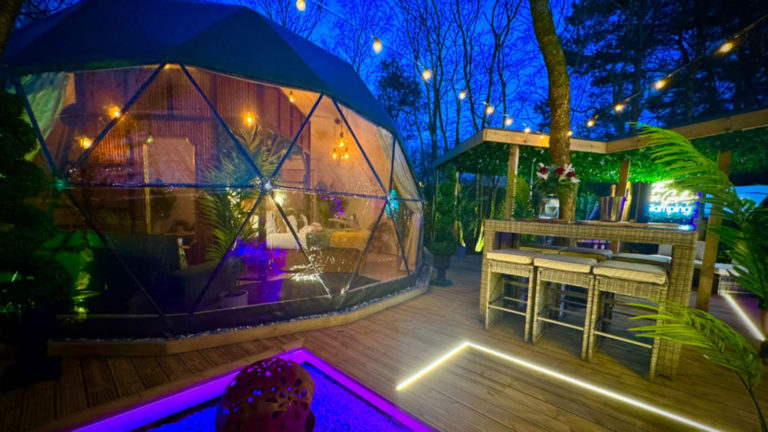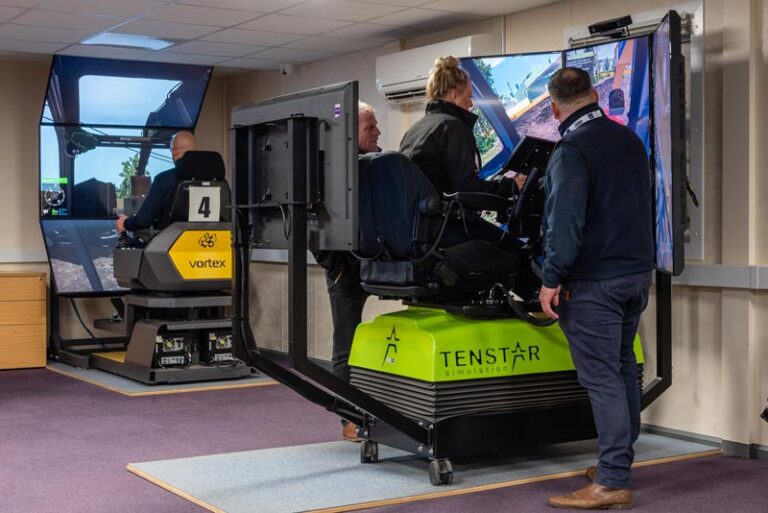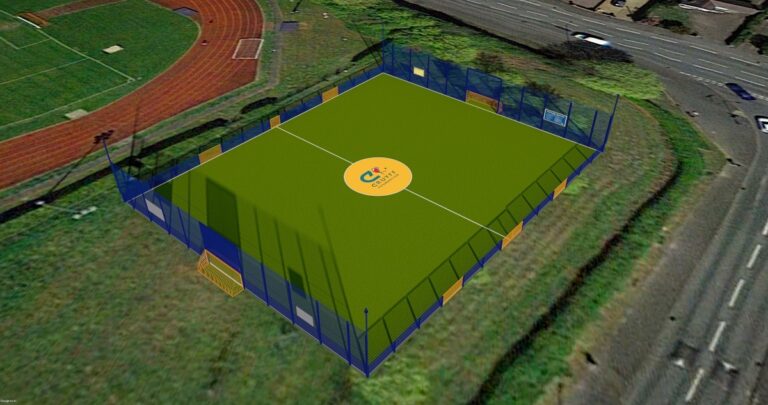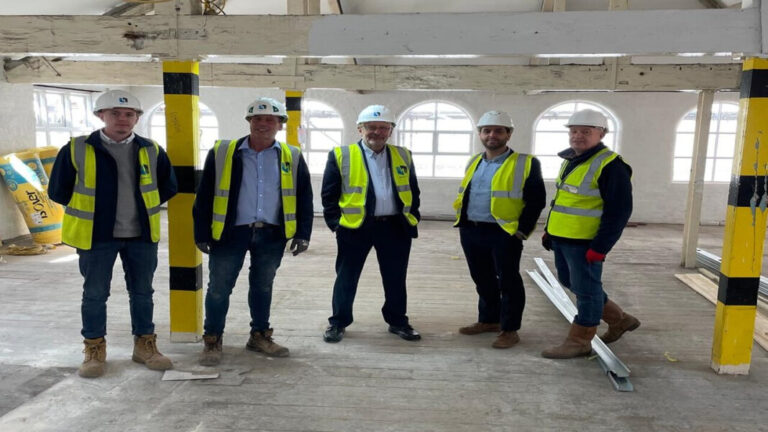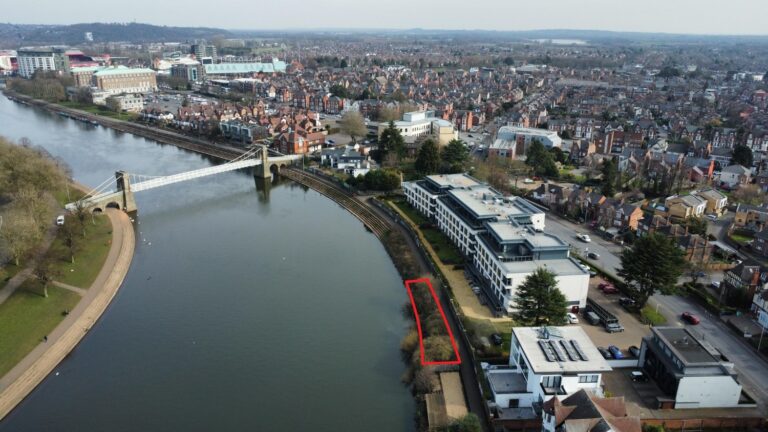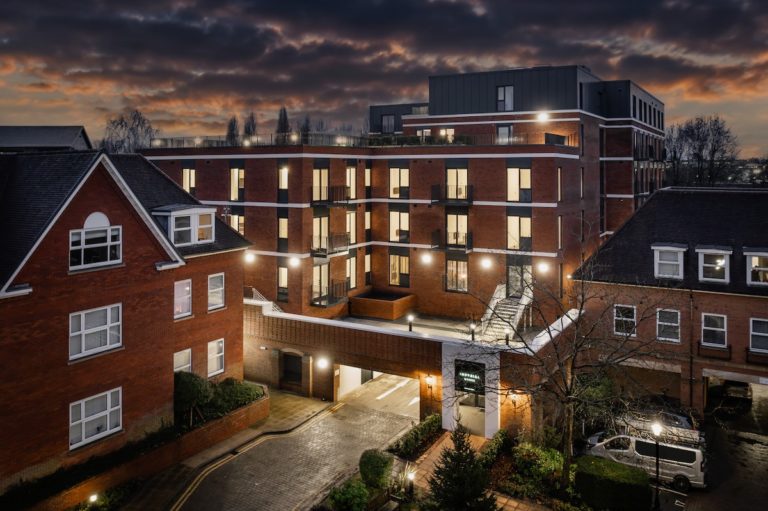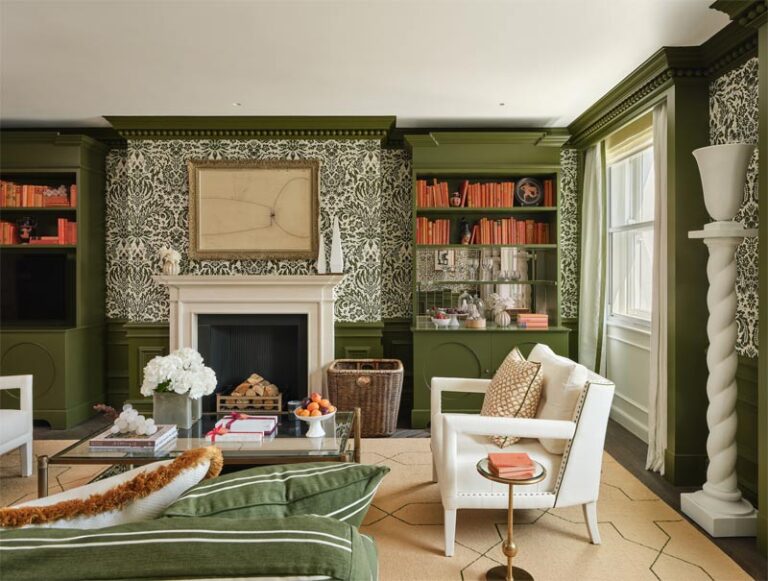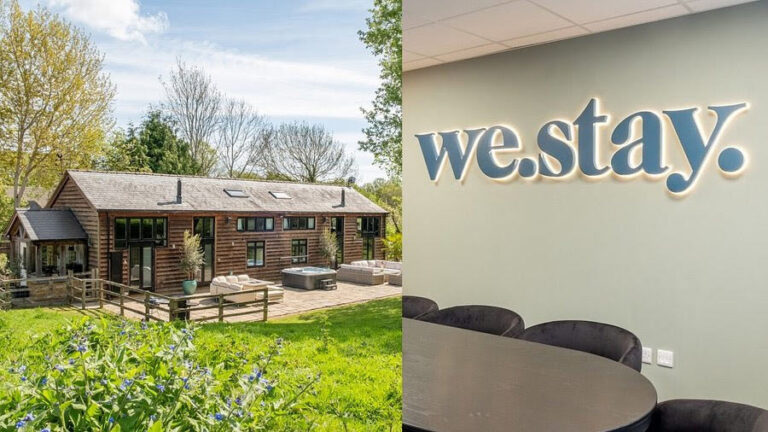The Transformative Power of Interior Design vs The Beauty of Decoration
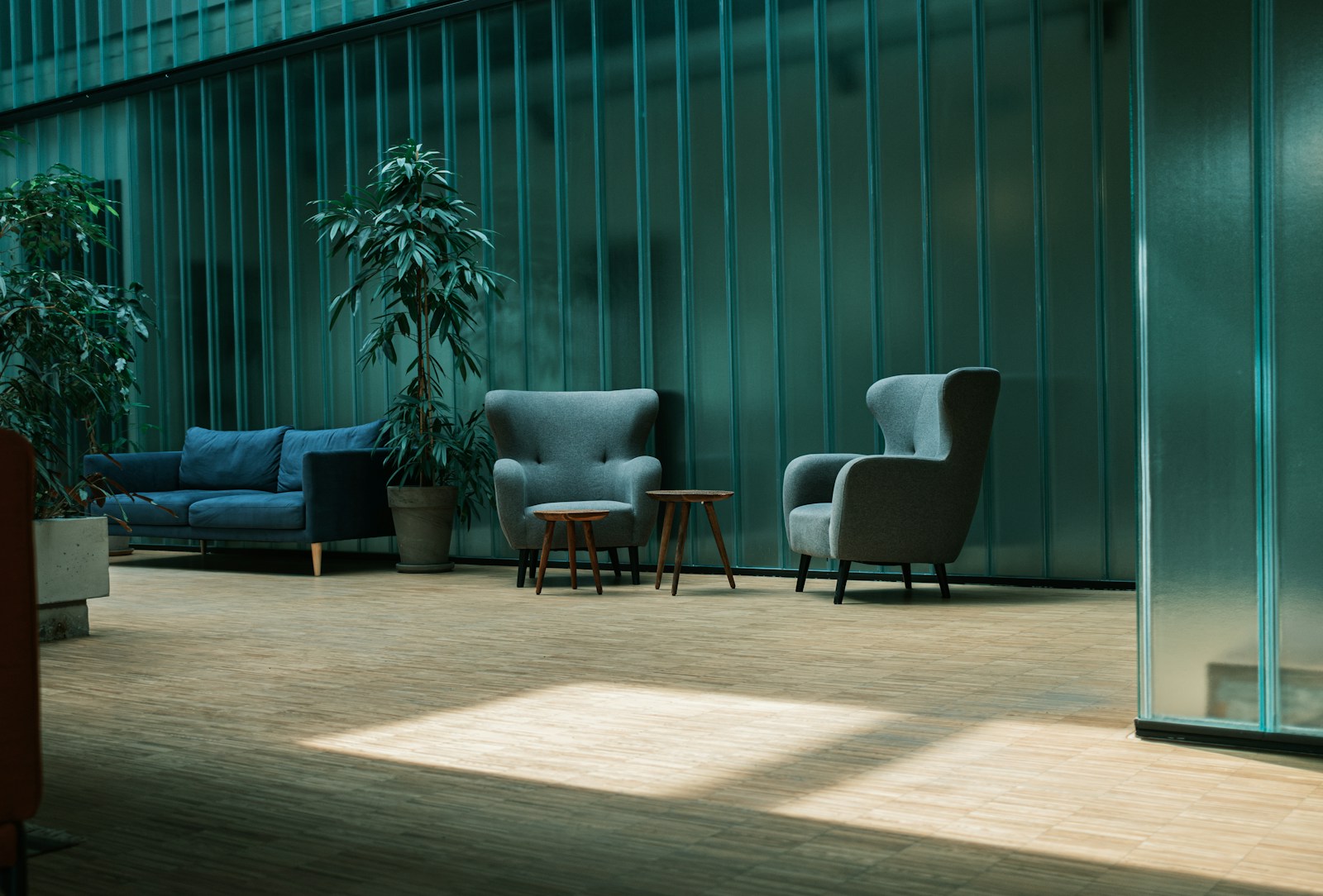
It’s easy to be dazzled by stunning interior spaces on Instagram that stop you mid-scroll. Perfectly curated rooms with impeccable colour palettes, layered textures, and magazine-worthy accessory styling. But as visually stunning as these spaces may be, they often represent the art of interior decoration rather than the expertise of true interior design.
While the lines can blur between these two related disciplines, there are distinct differences in their purposes, processes, and impacts. Interior decoration is focused on creating aesthetically pleasing spaces through furniture, colour, accessories, and other decorative elements. Interior design takes a more holistic approach, optimising not just the look but the functionality and flow of a space to improve the quality of life for its inhabitants.
Learning how to make a room beautiful is the stuff of decoration. Designers make curated choices that create stunning spaces as well, but there is something deeper going on. It’s essential to think about how the space will shape someone’s daily experience from the moment they wake up until they go to bed.
This “something deeper” is the transformative power of intelligent design. It’s the reason interior designers don’t just select paint colours and pillows, but carefully study how a family or individual moves through and utilises each room. Every decision – from space planning and lighting to material selections and architectural details – is made with the goal of improving functionality and elevating one’s experience of a space.
Interior designers like Orka Interiör understand this philosophy at its core. Their work goes far beyond the visual, focusing on how a space feels, functions, and supports the rhythm of daily life. With a keen eye for design and a thoughtful approach to how spaces are lived in, Orka Interior help shape homes that not only look beautiful but feel truly personal and purposeful.
The power to shape how someone actually feels about themselves is what interior designers do. Decorators can create beautiful moments, but designers are crafting an entire narrative around how you live.
Form Meets Function
While decorating is primarily focused on the aesthetics and “dressing” of an interior, design takes a more technical, analytical approach by starting with the basics of space planning and architectural elements.
It begins with studying the existing floor plan and recognising what is and isn’t working in terms of flow, lighting, and how the client wants to use the space. From there, remodel and reconfigure the space as needed, moving walls, creating new openings, and adding windows – essentially re-organising the floor plan for better functionality before any decorating even begins.
This strategic space planning and understanding of architectural principles is a core part of an interior designer’s formal education and training. The ability to read floor plans, create 3D renderings, understand building codes and compliance requirements, and optimise a space for its intended use through intelligent design.
There’s a common misconception that designers only choose the fun stuff like furniture and accessories, but in reality, interior designers act as the project manager for an entire renovation, working hand-in-hand with architects, contractors, and trades to execute the construction plans and bring the design vision to life.
